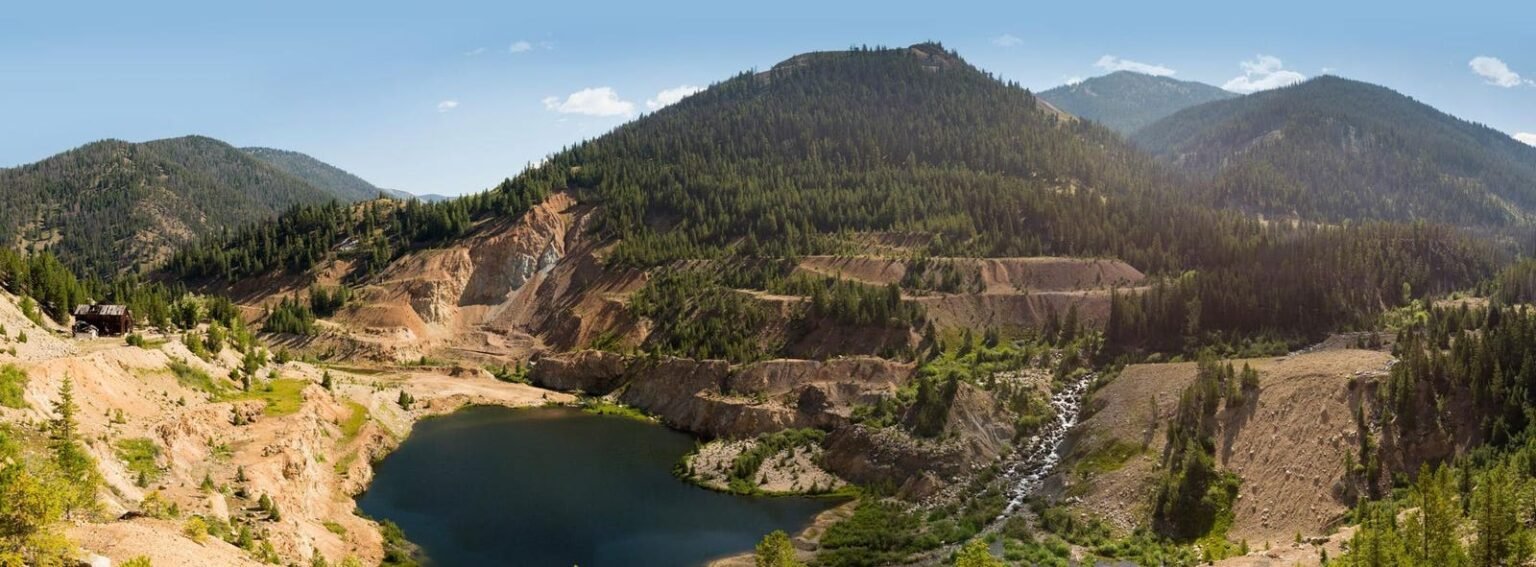Thanks to record gold prices, Laurel Sayer and Perpetua Resources are set to bring back to life a dormant mine in Idaho that will serve the Pentagon with crucial weapons-grade antimony, break a Chinese monopoly, and fund the restoration of 20 miles of remote salmon streams. The Stibnite mine, near Yellow Pine, Idaho, played a significant role in supplying tungsten and antimony during World War II before being closed in 1997. Now, with soaring antimony prices and China controlling much of the global supply, Perpetua’s efforts to revive the mine have become essential for national security.
Perpetua’s CEO, Laurel Sayer, sees the opportunity to responsibly produce gold and antimony while also improving the environmental impact left behind by previous mining operations. With the U.S. Department of Defense backing the project with grants and the need to reduce reliance on Chinese antimony, Perpetua has been navigating the federal permitting process for eight years. The company has focused on cleaning up the environmental hazards left by the old mine while planning for a sustainable future mining operation that will benefit both national security and the environment.
The journey to reopening the Stibnite mine has been a collaborative effort, involving public comments, environmental statements, and negotiations with local groups and the Nez Perce tribe. Despite objections to the mining methods involving open pits and cyanide-based ore leaching, Perpetua has pushed forward with conservation efforts, including moving tons of old mine tailings and re-engineering the project for lower arsenic levels and salmon-friendly temperatures in the river. The final environmental statement is expected by the end of the year, allowing the mine to move into the construction phase.
The surge in gold prices has added to the economic viability of the project, with Perpetua expecting to produce significant amounts of gold alongside antimony. However, the company’s stock has been volatile, and financing the construction phase will require significant investment. Perpetua is looking to secure loans from the U.S. Export-Import Bank and take advantage of tax credits for critical materials to offset production costs. With a new CEO in place and a construction phase ready to begin, the success of the project will be measured by the return of salmon to the restored streams, a clear indicator of the positive impact on the environment.
Perpetua’s revival of the Stibnite mine represents a significant step towards reducing U.S. reliance on Chinese antimony and strengthening national security. The project’s focus on environmental conservation and sustainable mining practices reflects a broader shift towards responsible resource development. As the construction phase begins and the mine prepares to reopen, Perpetua will continue to face challenges and risks, but the potential benefits for both the economy and the environment are substantial. With the support of the Pentagon and a commitment to leaving the site better than before, Perpetua’s efforts to revive the Stibnite mine have the potential to make a lasting impact on the region and the nation.

